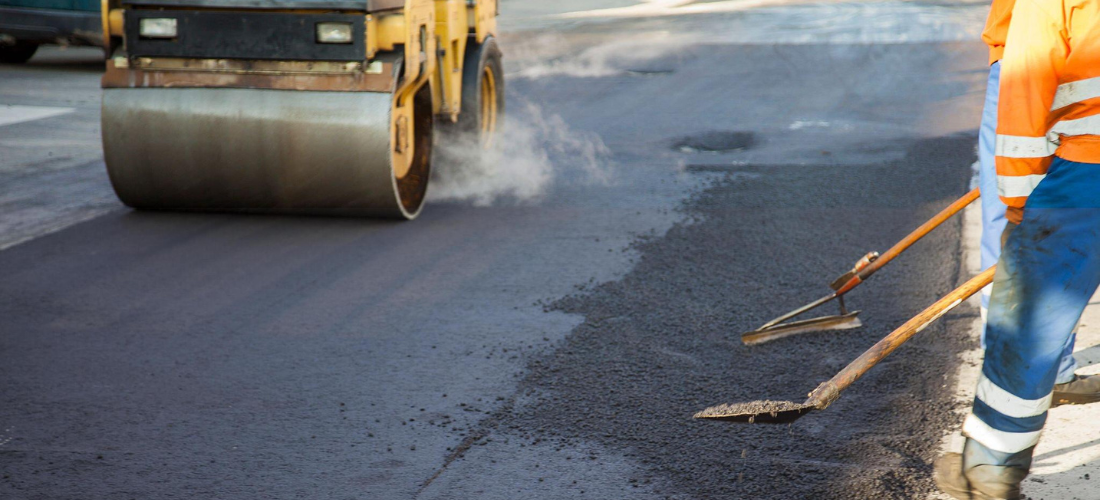Road maintenance is a vital aspect of infrastructure management, essential for ensuring smooth and safe travel for motorists. Various types of maintenance strategies are employed to address different stages of road deterioration and meet the evolving needs of transportation networks. Understanding these strategies is crucial for road authorities and transportation agencies to effectively manage and preserve road infrastructure.
1. Routine Maintenance:
Routine maintenance encompasses regular activities aimed at preserving the integrity and functionality of roads. This includes tasks such as:
– Pothole Patching: Prompt repair of potholes to prevent further deterioration and ensure a smooth driving surface.
– Crack Sealing: Sealing cracks in the pavement to prevent water infiltration and inhibit the formation of potholes.
– Debris Removal: Clearing debris, leaves, and other obstructions from roadways to maintain visibility and safety.
– Sign and Signal Maintenance: Inspecting and repairing traffic signs, signals, and pavement markings to ensure proper guidance for motorists.
2. Preventive Maintenance:
Preventive maintenance involves proactive measures aimed at extending the lifespan of roads and preventing major deterioration. Key preventive maintenance techniques include:
– Seal Coating: Applying a thin layer of protective coating to the surface of the pavement to seal cracks, prevent water penetration, and enhance durability.
– Microsurfacing: Applying a thin layer of asphalt emulsion mixed with aggregate to rejuvenate the surface, improve skid resistance, and extend the life of the pavement.
– Surface Treatment: Applying various surface treatments such as chip seals or slurry seals to rejuvenate aging pavements and restore surface characteristics.
3. Corrective Maintenance:
Corrective maintenance focuses on addressing specific defects or issues that arise due to wear and tear or environmental factors. This may include:
– Patch Repair: Repairing localized areas of pavement distress, such as potholes, rutting, or pavement failures, to restore the structural integrity of the road.
– Overlay: Placing a new layer of asphalt over the existing pavement to strengthen the surface, improve ride quality, and extend the lifespan of the road.
– Joint and Crack Repair: Repairing deteriorated joints and cracks in concrete pavements to prevent further damage and maintain structural integrity.
4. Rehabilitation and Reconstruction:
Rehabilitation and reconstruction involve more extensive interventions aimed at restoring or upgrading the entire road infrastructure. This may include:
– Milling and Resurfacing: Removing the top layer of the existing pavement and replacing it with new asphalt to address extensive deterioration and improve ride quality.
– Full-depth Reconstruction: Completely removing and replacing the entire pavement structure, including subbase and base layers, to address severe distress or accommodate increased traffic loads.
– Road Realignment or Widening: Modifying the alignment or width of the road to improve safety, accommodate growth, or enhance traffic flow.
In conclusion, effective road maintenance requires a combination of routine, preventive, corrective, and rehabilitation strategies to preserve the integrity and functionality of road infrastructure. By implementing a proactive maintenance program tailored to the specific needs of their road network, road authorities and transportation agencies can ensure smooth and safe travel for motorists while maximizing the lifespan of their roads.

